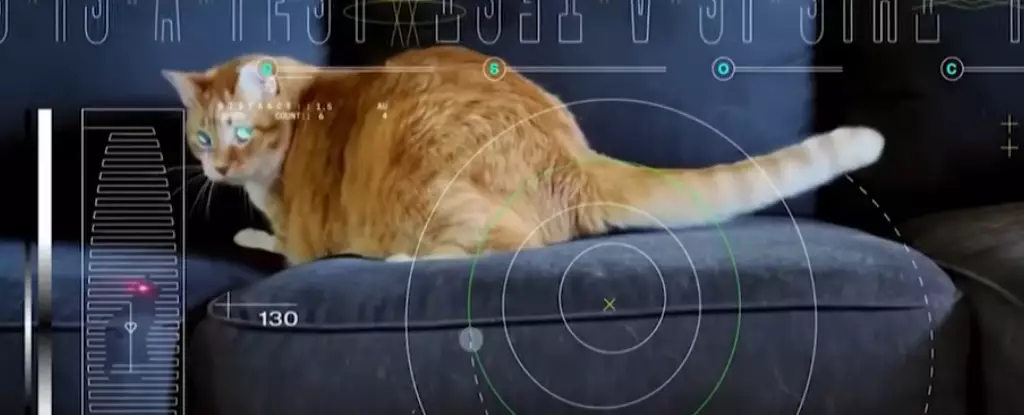Historically, conveying information over vast distances has been a challenge that humanity has tackled for centuries. Morse code, once essential for ships navigating dark waters, relied on light signals to transmit messages. Today, NASA leverages a modern evolution of that principle in its Psyche mission—an ambitious exploration of a unique metal-rich asteroid located in the asteroid belt. The Psyche spacecraft operates at an impressive distance of 240 million miles from Earth, rendering traditional communication methods inadequate. However, the innovative use of laser-transmitted infrared signals is revolutionizing how we connect with far-flung missions across the cosmos.
One of the most significant advancements in communication technology as part of the Psyche mission is its incorporation of laser transceivers designed to operate on infrared frequencies. Unlike conventional radio frequency communications, which have traditionally governed deep space missions, this new method leverages a higher frequency spectrum. The higher frequency allows for exponentially greater data transfer rates, facilitating the transmission of substantial packets of information back to Earth.
During Phase I of the experiment, NASA achieved an impressive 267 megabits per second to and from Psyche when the spacecraft was within Martian range. For reference, this rate is comparable to a standard wired broadband connection on Earth—a remarkable achievement considering the complexities of space communication.
In June, Psyche achieved a remarkable distance milestone of 390 million kilometers from our planet, corresponding to the farthest separation between Earth and Mars. At this distance, scientists maintained a viable download link at 6.25 megabits per second. While this figure appears modest against the spectacular capabilities exhibited during closer proximity, it holds immense significance: it significantly outpaces connections traditionally facilitated via radio frequency at comparable power levels, reinforcing the viability of laser communications for future missions.
Interestingly, as part of this experimental phase, NASA humorously decided to demonstrate the power of their communication technology by sending a cat video—specifically, a high-definition clip of a feline named Taters energetically chasing a laser pointer. This lighthearted choice raises an important question: what constitutes a valid testing of bandwidth capacity? In the court of public opinion, sending a cat video is a fantastic way to illustrate the potential for high-speed space communication.
As the first phase of testing wraps up, the project team has successfully demonstrated a fundamental characteristic of data transmission in space: as the distance from the sending source increases, data transfer rates diminish in a manner consistent with the inverse square law. This principle is critical for future missions, where distances can impede the ability to share critical operational data promptly.
With a second phase set to commence in November, the expectation is that the laser transceiver system will not only resume but also prove capable of sustained operation over extended periods, ideally more than one year. Data collected will continue to refine the communication methods utilized and prepare the spacecraft for a successful operational mode, scheduled to roll out in late 2024, ahead of Psyche’s arrival at its namesake asteroid in 2029.
In preparation for the challenges of deep space communication, the Psyche mission has also incorporated a backup communication system using traditional radio frequencies. This redundancy serves as a crucial safety net, ensuring that if the laser communication fails for any reason, the spacecraft remains able to communicate, albeit at slower rates. Notably, even this backup method outpaces the antiquated signal methods once used by mariners navigating the open sea.
NASA’s Psyche mission not only represents a significant stride in exploring one of our solar system’s enigmatic bodies but also embodies a paradigm shift in how we exchange information across astronomical distances. As the project progresses into its later phases, it could herald a new era of efficient deep-space communications, cushioning future explorations that rely on unbroken data streams. The innovations made during Psyche’s mission could pave the way for enhanced communication systems that play pivotal roles in the exploration of Mars, the outer planets, and beyond, truly bridging the gap that separates humanity from the cosmos. Engaging with the mysteries of our universe has never been more accessible, and with technology continuously evolving, the sky is the limit.


Leave a Reply